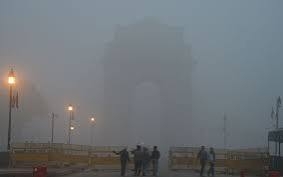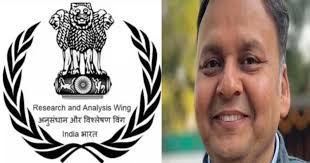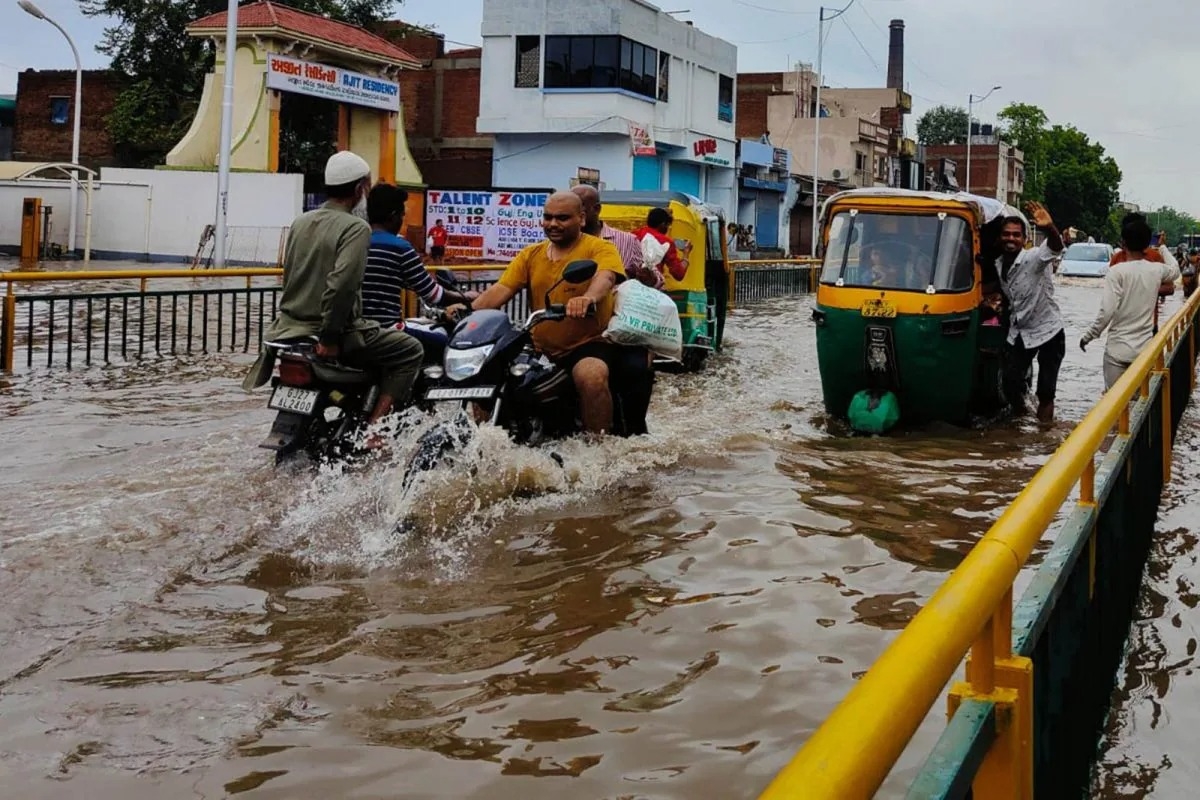According to a study published in The Lancet Planetary Health journal, an average of 7.2 per cent of daily deaths in 10 of India's largest and most polluted cities, including Delhi, Bengaluru, and Mumbai, were associated with PM2.5 levels exceeding the World Health Organization (WHO) guidelines for safe exposure.
Delhi has the highest proportion of daily and annual deaths linked to PM2.5 air pollution, which consists of particles 2.5 micrometres or smaller in diameter. The primary sources of this pollution are emissions from vehicles and industries.
The researchers found that the death risk doubled, reaching 2.7%, for every 10 microgram per cubic metre increase in PM2.5 levels. This analysis was restricted to observations that met Indian air quality standards, which are less stringent than the WHO guidelines. The WHO recommends a safe exposure limit of 15 micrograms per cubic metre of PM2.5 over a 24-hour period.
Indian air quality standards set a limit of 60 micrograms per cubic meter of PM2.5 over a 24-hour period. The study revealed that in Delhi, there was a 0.31% increase in daily mortality for every 10 micrograms per cubic meter rise in PM2.5. In contrast, Bengaluru experienced a 3.06% increase. The researchers discovered stronger correlations between daily PM2.5 exposure and locally produced pollutants using models designed to investigate cause-and-effect relationships.
























